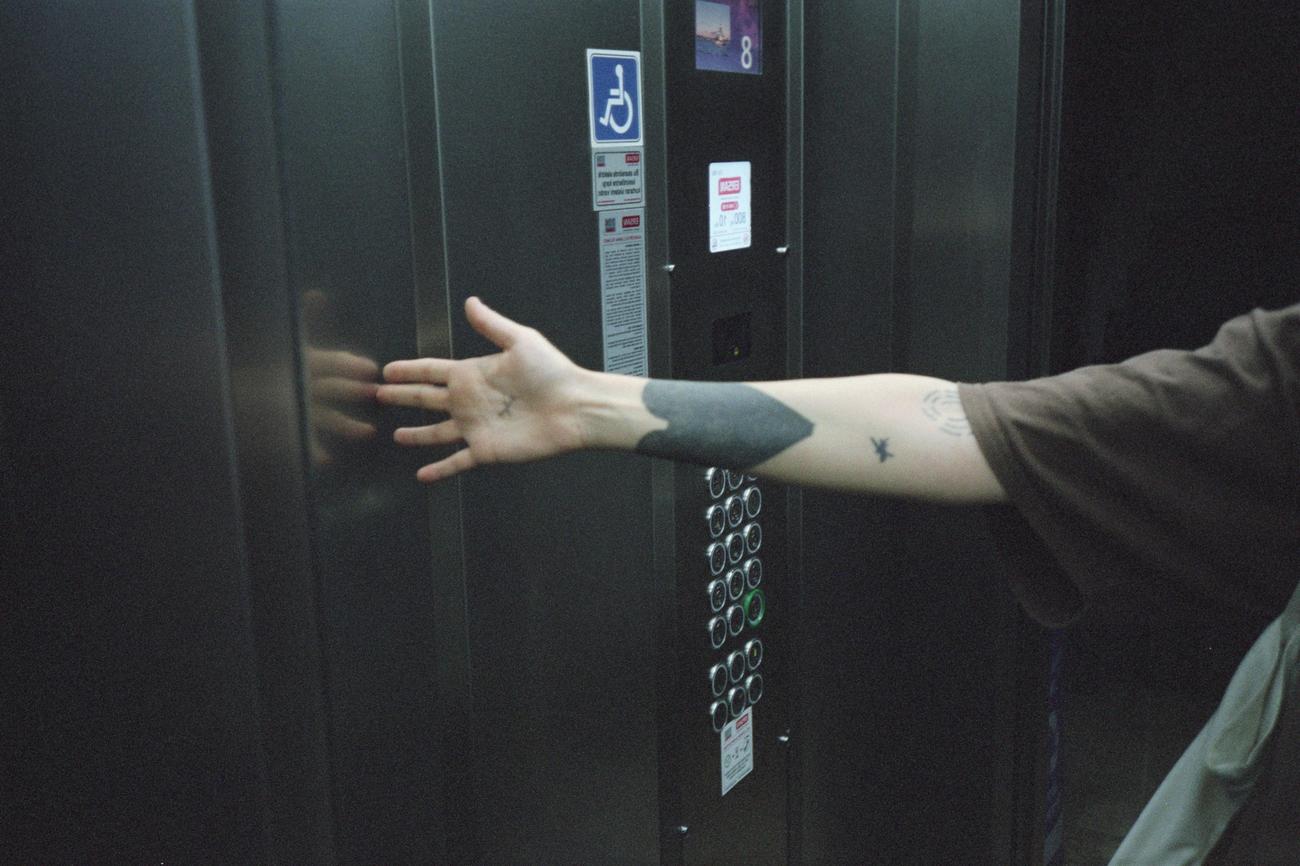Welcome to a journey through time and ingenuity, where we unveil the forgotten founders behind one of the most transformative inventions in human history – the first elevator patent. In this captivating article, we delve deep into the annals of shared transportation systems and urban development, tracing the roots of this revolutionary contraption. Prepare to be enthralled as we shine a spotlight on the unsung heroes who paved the way for a vertical revolution, combining technical brilliance with unwavering determination. Get ready to ascend into a world where elevators, once a mere figment of imagination, became a reality that forever changed the way we experience space and innovation.

The First Elevator Patent
Imagine a world without elevators. High-rise buildings would be impractical, and we would be limited to a few floors at most. Thankfully, we have the ingenuity of inventors like Otis Tufts, whose remarkable contribution to the world of elevators often goes unnoticed. Today, let’s shed light on the forgotten founder of the first elevator patent and explore the fascinating story behind this groundbreaking invention.
While Otis Tufts may be better known for his invention of the steam-powered printer, his pioneering work in vertical elevators should not be underestimated. In 1859, he became the first American engineer to receive a patent for his elevator design. His innovative concept included a sealed vehicle with benches inside and doors that automatically opened and closed[^1^]. With this patent, Otis Tufts laid the foundation for the modern passenger elevator.
Now, some may argue that Elisha Otis deserves the accolade of inventing the modern passenger elevator. After all, his name is synonymous with the renowned Otis Elevator Company, which installed its first passenger elevator in the Haughwout Building of New York City in 1857[^2^]. However, it is important to note that Otis Tufts patented his lift design before Elisha Otis, solidifying his position as the true inventor of the modern passenger elevator.
To understand the significance of Otis Tufts’ patent, we must explore the context in which it emerged. Picture bustling Fifth Avenue in New York City during the mid-19th century. The prestigious Fifth Avenue Hotel served as a cultural and social hub, attracting influential figures from all walks of life. It was here that Otis Tufts’s “vertical railway” made its debut in 1859, revolutionizing the transportation landscape[^1^]. This early adoption of elevators highlights the visionary thinking of Otis Tufts and his dedication to improving urban mobility.
To fully appreciate the impact of the first elevator patent, we must delve deeper into the elevator’s evolution after Otis Tufts. Two years later, Elisha Otis and his son developed a crucial safety mechanism that would forever change elevators – the safe ladder solution[^1^]. This invention ensured that passengers would remain secure even in the unlikely event of a rope breakage. While Elisha Otis’s contribution cannot be understated, it is Otis Tufts who led the way with his sealed vehicle design and automated doors.
Indeed, the story of the first elevator patent is a fascinating one, filled with hidden pioneers and remarkable inventions. Otis Tufts’s overlooked contributions to the field of elevators serve as a reminder that often, the true innovators are not the ones who receive the most recognition.
As we unravel the historical context and unmask the forgotten founders, we gain a newfound appreciation for the incredible achievements of Otis Tufts. His elevator patent laid the groundwork for future advancements and forever transformed the way we move through vertical spaces. So, the next time you step into an elevator, take a moment to acknowledge the ingenuity of the true pioneer behind this remarkable invention.
“Otis Tufts’s sealed vehicle design and automated doors paved the way for modern passenger elevators, forever changing the urban landscape.”
When Was The Elevator Invented? Find out the fascinating history behind this ingenious invention that revolutionized vertical transportation. Delve into the origins of the elevator and uncover the innovative minds and groundbreaking technologies that made it possible. To satiate your curiosity and gain a deeper understanding of this pivotal invention, click here and embark on a journey through time: When Was The Elevator Invented.

FAQ
Q: Who was the first American engineer to receive a patent on vertical elevators?
A: Otis Tufts was the first American engineer to receive a patent on vertical elevators in 1859.
Q: Why is Otis Tufts often overlooked in relation to elevator inventions?
A: Otis Tufts is often overlooked because he is better known for inventing the steam-powered printer.
Q: What were the features of Otis Tufts’ elevator design?
A: Otis Tufts’ elevator design included a sealed vehicle with benches inside and doors that automatically opened and closed.
Q: When did Elisha Otis and his son come up with a safe ladder solution for elevators?
A: Elisha Otis and his son came up with a safe ladder solution for elevators two years after Otis Tufts patented his lift design.
Q: Who is credited as the true inventor of the modern passenger elevator?
A: Otis Tufts patented his lift design before Elisha Otis, making him the true inventor of the modern passenger elevator.
- Jesus Bible: Discover Jesus’s Story Throughout Scripture - April 27, 2025
- Don Luis: Unraveling the 16th-Century Virginia Mystery - April 27, 2025
- Captain J’s Kauai Tours: Unforgettable Na Pali Coast Adventures - April 27, 2025
















